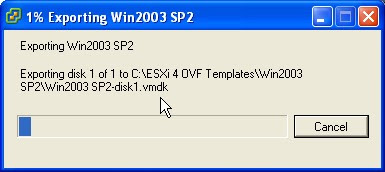For my trivial test, I am going to use a simple sentence. The sentence I will use is Je veux verifier mon grammaire. The corrected sentence should be Je veux vérifier ma grammaire.
1) After typing this sentence into TextEdit, this is what is shows:
2) You can go to Tools > Spelling and Grammar. Instead, I click English (Canada) option at the bottom and then switch to French (Canada). No change yet.
3) Click the Spelling and Grammar icon.
4) Go to Tools > Spelling and Grammar.
5) The first correction suggested is correct. So I click Change.
6) Unfortunately, it did not suggest any changes. This is the same result as with TextEdit. Now that I got the same results with both these editors, I thought I should try a similar experiment in English. As it turns out, the grammar checking is not much better in English!





































